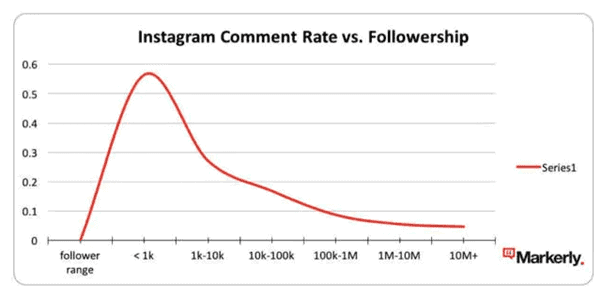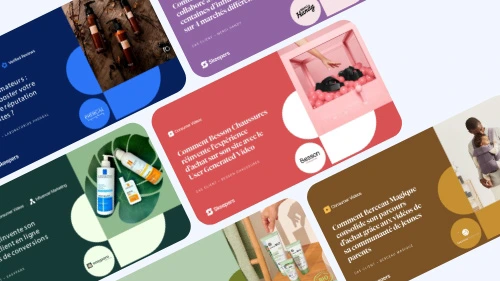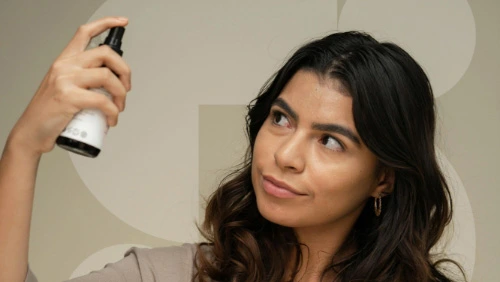Since the beginning of 2022, 26 million people use Instagram in France (Statista, 2022). The social media platform has become key for brands, consumers, influencers, etc., and acts as a digital showcase for all. Whether to share promotional photos, instant videos or to bring influencer marketing campaigns to life, Instagram has become “the place to...
Since the beginning of 2022, 26 million people use Instagram in France (Statista, 2022). The social media platform has become key for brands, consumers, influencers, etc., and acts as a digital showcase for all.
Whether to share promotional photos, instant videos or to bring influencer marketing campaigns to life, Instagram has become “the place to share”, and is set to remain so.
Influencer Marketing: Instagram or TikTok?
The battle for attention on social media is nothing new. But since the creation of TikTok in 2016 (6 years after Instagram), it has never been so intense.
On the one hand, TikTok is based on an algorithm that can maximise content created by brands, influencers or users, so that it goes viral. Every day, new video trends emerge on the platform and are quickly adopted by a young and proactive audience.
On the other hand, Instagram is reassuring for advertisers because of its maturity and the return on investment (ROI) generated. The photos and videos posted create an authentic and lasting link with the audience. Instagram also accounts for 94% of influencer marketing campaigns, with its engaging model and 2 billion monthly active users worldwide… Which is a solid lever for brands!
Influencer Marketing on Instagram: 3 Key Opportunities
The Potential of Micro-Influencers on Instagram
When launching an influencer campaign on Instagram, micro-influencers (between 5,000 and 100,000 followers) are most companies’ first choice. Reliability, authenticity and closeness to their community are all key factors of engagement and profitability for influencer marketing campaigns.
Influencer engagement on Instagram is not necessarily measured by the number of followers. According to a Markerly study, the more followers a user has on Instagram, the less engagement their posts generate. An influencer followed by less than 1,000 people has an average conversion rate of 0.5%. For an influencer followed by more than 10 million people, this rate drops to 0,04%.

We therefore recommend that brands call on micro-influencers for their Instagram influencer marketing campaigns. Biocyte, a SKEEPERS client, confirms that this strategy is the most effective:
“Our micro-influencers were able to test our brand’s products and give detailed feedback on Instagram. These Instagram posts proved to be more successful than our TikTok videos. Our influencer marketing campaigns on Instagram generated over 280,000 interactions!”
Instagram: A Goldmine for UGC
Instagram isn’t only the realm of paid influencers. The social network is full of other opportunities for brands, such as User Generated Content (UGC).
Content generated by ordinary users on this social platform is an asset for brands. Indeed, you don’t need several thousand followers to make your voice heard, influence and create a relationship of trust. The power of word-of-mouth also operates between consumers, which is what UGC and UGV (User Generated Videos) are all about.
With UGC or UGV, users spontaneously share product photos or videos without any compensation. With these users’ consent, brands can leverage this authentic content.
On Instagram, this “user centric” strategy is more and more common and beneficial. It allows to gain in credibility and notoriety, reduce marketing costs, and also put the customer back at the centre of priorities. All while relying on the influence of the best ambassadors: consumers.
Social Shopping on Instagram: A Key Lever for Brands
Instagram is a continually evolving tool, with new engaging and innovative features. The rise of social shopping is the latest trend to transform sales and enrich influencer marketing strategies on Instagram.
Social shopping is revolutionising the customer journey and buying experience, by enabling brands to sell their products directly via Instagram. This social shopping trend can take on different forms.
Brands can publish photos of products with an option to buy directly via the platform. They can also use the Live Shopping feature to sell via live videos.
Finally, an influencer can further strengthen both of these operations to create engaged and engaging Instagram influencer marketing campaigns. Instagram influencer marketing is becoming a key lever for social selling, to help brands sell more effectively on the platform.
Could “s-commerce” on Instagram, with its influencers and connected brands, be the future of “e-commerce” on the Internet? Stay tuned to find out!
<!–[if lte IE 8]><![endif]–> hbspt.cta.load(20304540, ‘cb2d0916-f405-47e9-bb18-4064b993938a’, {“useNewLoader”:”true”,”region”:”na1″});
hbspt.cta.load(20304540, ‘cb2d0916-f405-47e9-bb18-4064b993938a’, {“useNewLoader”:”true”,”region”:”na1″});











